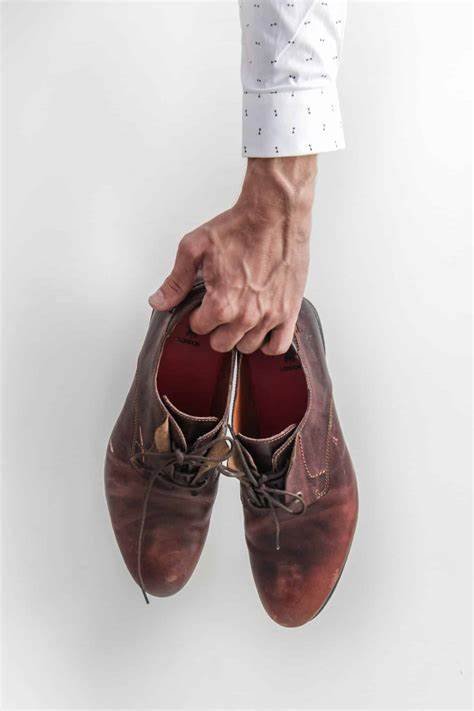Shoe styles have transformed significantly over the years, reflecting changes in fashion, culture, and technology. This article explores the evolution of shoe styles, highlighting key trends and influences that shaped the footwear we wear today.
1. Historical Beginnings
Shoe design dates back thousands of years.
- Ancient Footwear: Early shoes, such as sandals made from plant fibers, served basic protection. They were functional rather than fashionable.
- Medieval Innovations: During the medieval period, shoes featured pointed toes, known as “poulaines.” These shoes symbolized status, showcasing the wearer’s wealth.
2. The Renaissance and Baroque Eras
The Renaissance brought significant changes to footwear.
- Intricate Designs: Shoes became more elaborate, with luxurious materials like silk and velvet. Decorative elements like buckles and embroidery became popular.
- Heels: The introduction of heels, particularly for men, marked a major fashion statement. High heels symbolized nobility and power.
3. The Industrial Revolution
The Industrial Revolution revolutionized shoe production.
- Mass Production: Factories began to manufacture shoes on a large scale. This innovation made footwear more accessible and affordable.
- Standardization: Shoe sizes were standardized, allowing for a better fit and greater variety.
4. The 20th Century: Style Explosion
The 20th century saw a diverse range of shoe styles emerge.
- Flapper Shoes: The 1920s brought in styles like T-strap heels, reflecting the liberating spirit of the era. These shoes featured lower heels and allowed for more freedom of movement.
- Combat Boots: During World War II, military footwear, such as combat boots, gained popularity. These durable shoes influenced post-war fashion.
5. The Rise of Sneakers
The latter half of the 20th century marked the rise of athletic footwear.
- Athletic Brands: Companies like Nike and Adidas popularized sneakers, making them a staple in casual wear. Their designs evolved to cater to various sports and lifestyles.
- Streetwear Influence: Sneakers became synonymous with street culture, bridging the gap between fashion and function.
6. Modern Trends in Footwear
Today, shoe styles continue to evolve, influenced by various factors.
- Sustainable Materials: As awareness of environmental issues grows, brands are using sustainable materials. Eco-friendly shoes are becoming more popular among consumers.
- Technology Integration: Smart shoes with integrated technology, such as fitness tracking, are emerging. These innovations cater to the tech-savvy generation.

7. The Future of Footwear
Looking ahead, footwear design will likely continue to innovate.
- Customization: Advances in 3D printing allow for personalized shoes. This trend provides consumers with unique, tailored options.
- Health and Comfort: Brands increasingly focus on health benefits. Features like arch support and cushioning will remain crucial in modern designs.
Conclusion
The evolution of shoe styles reflects the dynamic interplay of culture, technology, and fashion. From ancient sandals to modern sneakers, footwear continues to adapt and innovate. As we move forward, shoes will remain an essential part of our identity and lifestyle.




